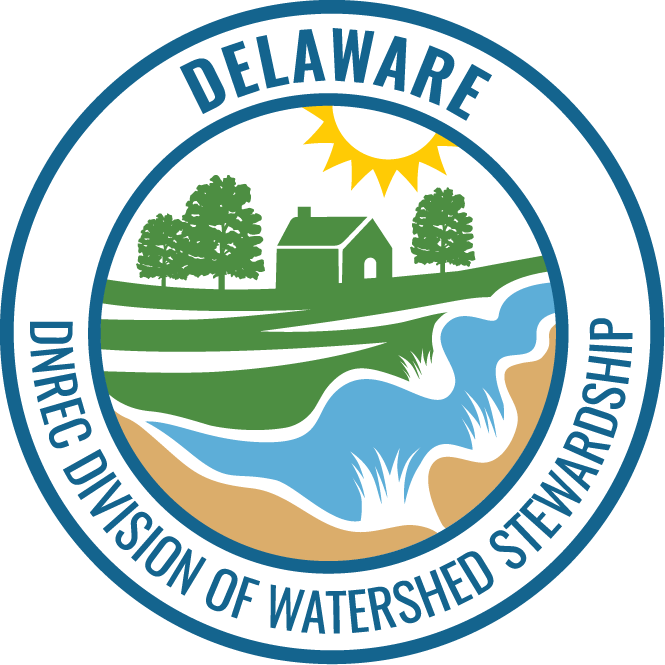
Facebook Twitter Instagram YouTube
Written on: July 24th, 2024 in Natural Resources, Wetland Research
By Gabby Vailati and Brittany Sturgis, DNREC’s Watershed Assessment and Management Section
Delaware Department of Natural Resources and Environmental Control’s Habitat and Biology Program began in the early 1990s after the passing of the Clean Water Act and awareness about local water quality began increasing. The program assessed a vast number of streams and assigned each a grade for their overall health and function. The work is ongoing and streams in the piedmont region of Delaware are being re-evaluated for habitat and stream health – go science!
The DNREC Habitat and Biology Program evaluates the biological, physical and chemical pieces of a stream and combines these components to assign a grade for a stream’s habitat quality and its biology. These grades are categorized as severely degraded, moderately degraded, good or excellent. These grades do not necessarily have to be the same; a stream may grade moderately degraded for habitat but good for biology, and vice versa. Are you curious about the health of your local stream? Check this neat resource out. The streams that are classified as severely or moderately degraded may then be placed on the State’s 303(d) list of impaired waters, meaning that they are subject to the Total Maximum Daily Load (TMDL) process. TMDLs are meant to ensure actions are taken to limit the pollutants that enter the stream. If you’d like to learn more about Delaware TMDLs, visit here.
The first step in grading a stream’s health is to look at the biology present within the stream. We do this by collecting any and all aquatic macroinvertebrates (bugs) that live in the stream – we love finding those critters that live under the rocks! These types of bugs are important because they live a portion of their lifecycle within the stream itself. We use different field techniques to find the bugs while they are living in the water. The aquatic macroinvertebrates are important because we know that certain bug types can tolerate pollution, while others cannot (mayflies, stoneflies and caddisflies). If a stream has a lot of the intolerant bugs, then it scores a higher grade for biological stream health because the intolerant bugs are very sensitive to water pollution.
After we collect bugs, we perform a stream habitat assessment to look at the health of the surrounding land. Some habitat characteristics that are evaluated include the vegetation type along the bank, the amount of sediment/dirt that has accumulated within the stream, the amount of overhead shade, the number of riffles (think ripples in the water around rocks), or how embedded rocks are in the ground of the stream. How embedded rocks are within the ground can tell us about available surface area a bug has for shelter and reproduction. A rock only 25% embedded in the ground provides a niche habitat and is most ideal, while a rock embedded about 75% in the ground is less than ideal with less surface area available for use by the aquatic macroinvertebrates. Riffles, where rocks may break the water’s surface and create bends in the stream, are a great way to judge habitat in a stream as well. Riffles attract a wide array of bug types and make a stream more diverse. These factors can help tell us about the different habitats available in the stream, or the stability of the stream. Water quality parameters (dissolved oxygen, nitrogen, etc.) are also collected at each site. We then combine all of the bug, habitat and water quality scores to rate and score the stream.
All of this is a fancy way of saying our streams are very important. Whether used for recreation or drinking water or wildlife habitat, these streams feed into larger bodies of water that we all rely on. Keeping these streams healthy benefits all of us in the long run. Next time you’re near a stream, take a moment to appreciate all the tiny, diverse bugs that call it home and remind yourself that these streams are a small part of a much larger system of water.